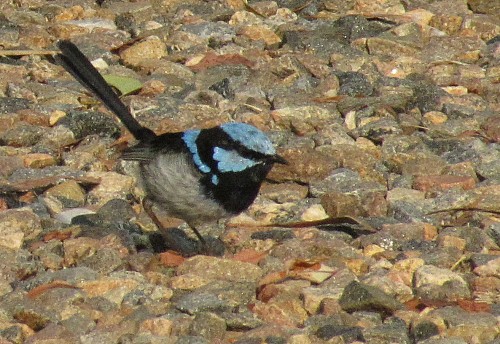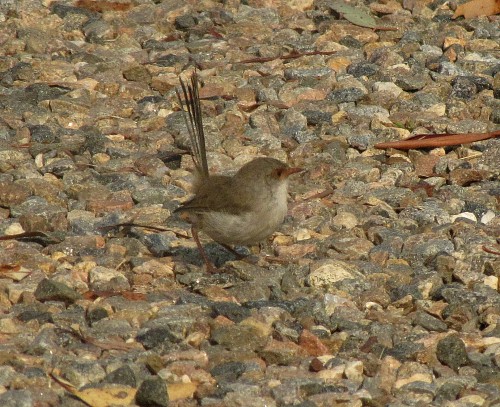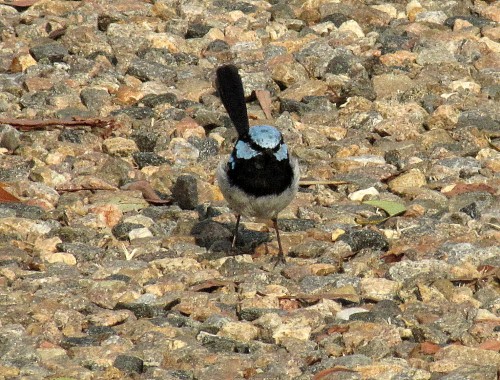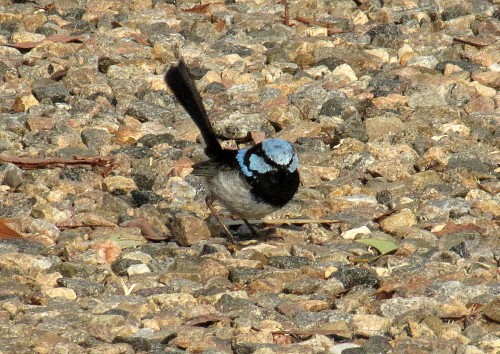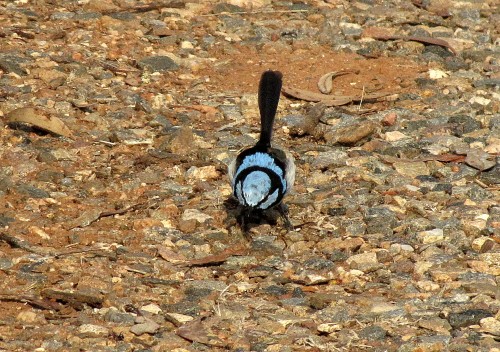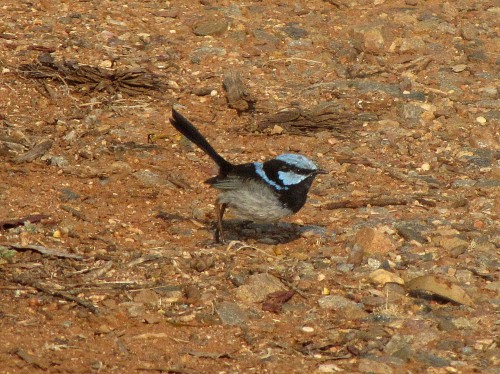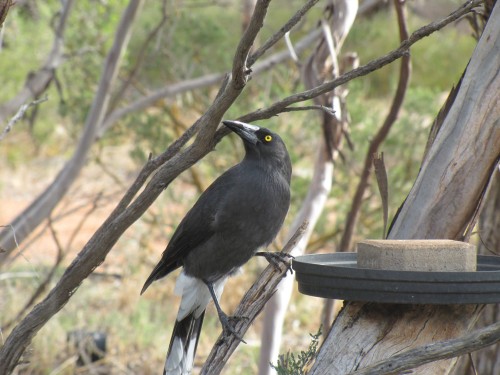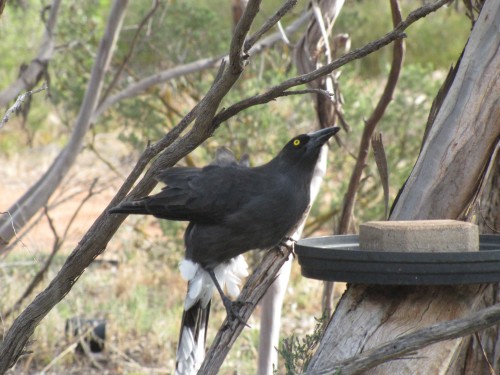Murder in the garden
Many people enjoy seeing birds, especially those that visit their gardens. People also enjoy seeing birds in parks and reserves, on the beach or along rivers. They are variously described as “cute”, “pretty”, “delightful”, “wonderful” and many other such “nice” words.
Rarely are they described as gory, or brutal or even dangerous. The stark reality is that while many birds are indeed stunning in their colours, amazing in their survival instincts and quite fascinating in their behaviour, some species do have a gory, brutal (in human terms) side to their lives.
A few days ago I was hanging up the washing on the clothes line – or getting it off – whatever – and there was a sudden noisy kerfuffle in the trees nearby. The various honeyeater species were totally upset – and with good reason. A Collared Sparrow-hawk flew ponderously to a branch nearby, clutching a struggling bird in its talons.
The sparrow-hawk proceeded to gouge chunks of flesh off the hapless bird, feathers scattering in the breeze and all the while the rest of the avian community voiced their disapproval – or fears. I tried to sneak up for a closer look. I quickly dismissed the idea of racing inside to get the camera. It appeared to be a White-plumed Honeyeater being eaten.
This is the reality of life in the raw. To survive, the sparrow-hawk must eat. One bird’s death means another bird’s survival. In human terms it seems cruel and gory, but this is the way of web of life.
I didn’t get a photo, so I’ve included one below that I took some years ago.
This article was last update on 10th October 2015.
Superb Fairy-wrens in our garden
Over the almost30 years we have lived in our present home we have rarely seen any wrens in our garden, part of a five acre block of fruit trees and mallee scrub with some native Australian plants thrown in for good measure. In most cases these occasional visitors were the locally common Variegated Fairy-wren. There are several thriving families up the hill in a mallee and native pine reserve about a kilometre away.
In other parts of Murray Bridge the Superb Fairy-wren is the common and dominant species. Just over a year ago we came back from an overseas holiday to be greeted with two Superb Fairy-wrens having quite happily taken up residence in our garden in our absence. It was a delightful welcome home present. In the coming months we saw them frequently, much to our continued delight.
Then they went quiet for a few weeks. Mmmm… had they moved on, we wondered?
To our increased delight they now number three: a coloured male and two uncoloured birds. Had they recruited another from nearby, or was the new one an offspring? We’ll never know. In recent days I’ve seen the three of them often, but sadly the male in in eclipse plumage and has lost most of his colour. In fact, he looks decidedly scruffy, not the magnificent colours shown in today’s photos. These shots were taken a few weeks ago. I also managed a good shot of one of the females (or uncoloured male?).
I should explain that all of these photos were taken in our gravel covered driveway. Our garden is far more attractive than it appears in these photos.
Grey Currawong at the bird bath
When moved to our current home and five acre block nearly 30 years ago. Over that time I have recorded over a hundred different species that have visited or flown over. About 40 of those are resident – meaning they can be seen most days – and most of those have been recorded breeding here.
The locally common Grey Currawong was a notable species absent from my lists for several decades. We would occasionally hear one calling in the distance up the hill about a kilometre away. This is an area of thick mallee scrub. They rarely ventured down into our garden.
That all changed about ten years ago. Now this species is a frequent visitor in our garden and we see or hear one or more every few days. I still wouldn’t call it a resident species, though. On a few occasions a local breeding pair have brought their recently fledged off-spring to visit too.
Even rarer is a visit to one of our bird baths, but this, too, is changing. Last week I managed a few good photos of one bird as it was drinking. Those bright yellow eyes are quite penetrating, and I am not surprised that smaller birds – like the thornbills and honeyeaters – get very nervous when the currawongs are around, sending out warning calls. That large beak would easily gobble down a nestling by the look of it.

